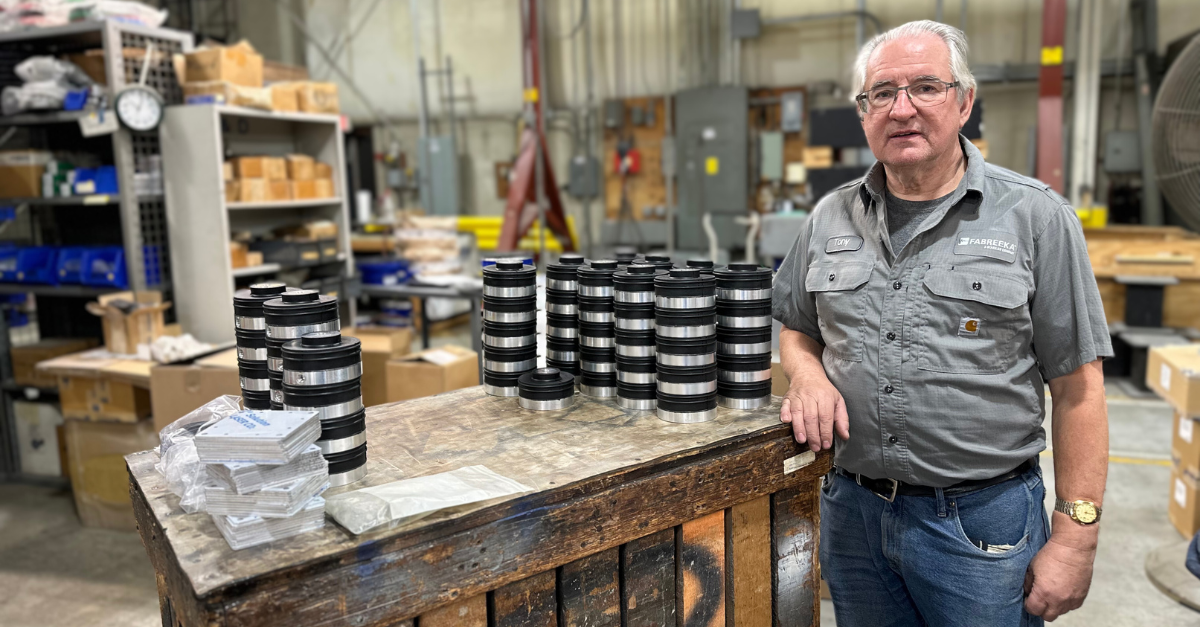Vibration is a ubiquitous phenomenon that occurs naturally in our environment and is also created by machines, engines, and other man-made structures. Vibration is a periodic, oscillating force that occurs about a point of equilibrium. Vibrations can be beneficial, neutral, and sometimes, harmful. Depending on the amplitude and severity of vibration forces, it can lead to structural issues, noise disturbances, unsafe living conditions, and more.
In many professions, such as engineering and construction, vibration control is an essential aspect of design, as it can prevent damage, noise, and discomfort caused by excessive vibrations. For example, buildings located in earthquake-prone areas must be designed to withstand strong ground motion and minimize the risk of collapse or structural failure. Similarly, machines and vehicles must be designed to reduce vibrations that can cause wear and tear, malfunction, or operator fatigue.
To understand this complex phenomenon, we can break down the important aspects of the world of vibration. In our helpful visual guide, learn different terms and see real-time examples of vibration in action. 👀👇
Shock Vs. Vibration
Shock is a transient condition where the equilibrium of a system is disrupted by a sudden applied force, or sudden change in direction of magnitude.
Vibration, on the other hand, is a force which oscillates about a point of reference.
What is Natural Frequency?
Natural frequency refers to the number of oscillation cycles that occur in a time period as an object is moved from its normal position, and allowed to vibrate freely.
What is Damping?
Damping is the dissipation of energy in an oscillating, or vibrating, system. It is an important factor when designing vibration isolators, for it limits maximum amplitude due to the isolator's natural frequency.
What is Resonance?
Resonance occurs when the frequency of excitation is equal to the natural frequency of the system. This happens when the amplitude of vibration increases and is only limited by the damping present in the system at the time.
What is Transmissibility?
Transmissibility is the percentage of vibratory force or motion that transmits to its support. Like damping, this is an important measurement for engineers when designing vibration isolation systems.
What is Deflection?
Deflection is the distance a body or spring moves when subjected to static or dynamic force. For tough shock control materials, the amount of deflection should be limited to avoid creep and damage.
Vibration control is a crucial aspect of various industries, including engineering and construction. By understanding terms such as deflection, transmissibility, resonance, damping, natural frequency, and the difference between shock and vibration, professionals can design structures and machines that can withstand and minimize the effects of excessive vibrations.
As experts in vibration isolation and shock control, Fabreeka International offers a comprehensive range of solutions to address vibration-related challenges. Whether it's our signature Fabreeka Pad or our advanced PAL pneumatic isolators, our products have been trusted by manufacturers and engineers for over a century.
Stay up to date with Fabreeka for updates, applications, and more when you subscribe to our blog. For more technical information, check out our resources below!
Explore Our Resources:
-
Reliable Solutions Overview
The ultimate Fabreeka International product and service guide. Discover our range of expertise and what we can bring to your industry.
-
Shock and Vibration FAQ
In-depth, engineer-reviewed answers to the most important questions to understand shock control and vibration isolation.
-
Knowledge Database
View and download any of our literature and leaflets for technical information on your specific industry or application.





SUBMIT YOUR COMMENT